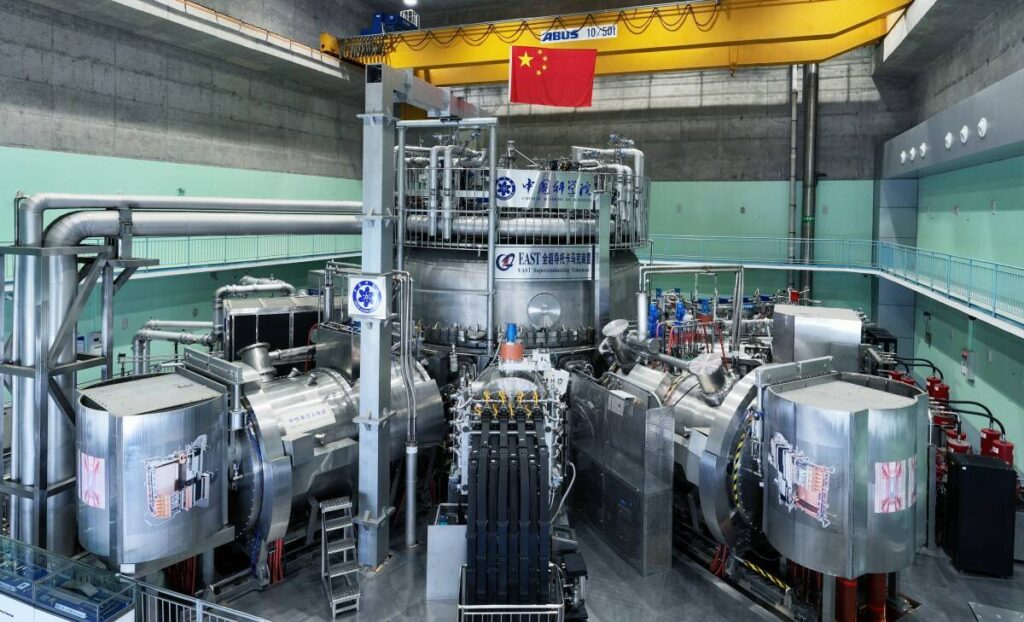3 elements of a customer technology strategy

Technology tamfitronics
Delivering a seamless customer experience is crucial for staying competitive. Yet, many companies manage martech, salestech and support tech in isolation, resulting in fragmentation of that experience.
An integrated customer technology strategy resolves this issue by aligning all these technologies to work together.
The customer experience imperative: Moving beyond isolated tech solutions
In many companies, the norm is to purchase and manage martech separately from other teams. Sales and customer support departments operate the same way. This silo approach only serves the company, not the customer.
Silos are detrimental to good customer experiences. With products and services becoming more commoditized (read: interchangeable), customer experiences become the new differentiator. A flawless, integrated customer experience is now essential for companies to stay relevant.
Adopting this approach requires shifting from a company-focused to a customer-focused mindset. Easier said than done, right? The customer-centric approach has been advocated for years, but it has yet to truly take off.
Our analysis shows that the main issue is applying outdated IT principles from non-customer-facing departments to the volatile customer technology environment. We must abandon these practices when implementing customer technology.
You need an integrated customer technology strategy built on these three key elements:
- One customer technology owner who aligns all customer-facing teams with IT on company security, login standards, migration procedures, etc.
- A plug-and-play architecture consisting of different layers that interact with customers (e.g., systems of record, differentiation and innovation, ongoing experimentation).
- A governance policy for software replacement, customer data and a shared feature backlog.
Customer technology vs. company technology
Before diving into the elements of a customer technology strategy, let’s briefly discuss the role of customer technology in the broader company tech stack to get the full picture.
| Company technology | Customer technology |
| Purpose: Digital Transformation 1.0 Companies use more software. |
Purpose: Digital Transformation 2.0 Companies become software. |
| Main goal: Good for the company. | Main goal: Good for the customer. |
| Focus: Internal efficiency, saving money. | Focus: External effectiveness, making money. |
| Software: ERP, finance, procurement, warehousing, logistics, etc. | Software: Adtech, martech, salestech, customer support, success, etc. |
Non-customer-facing departments rely on company technology, which helped streamline operations during the first wave of digital transformation. Software like ERP, finance, procurement, and logistics was used to enhance internal efficiency and reduce costs.
Company technology has done its job well, but issues arise when the same principles are applied to customer-facing departments. Customer technology is different, involving tools like adtech, martech, salestech and solutions for customer support, which enable direct customer interactions beyond just social media, such as upgrading plans and renewing subscriptions.
Shifting to a focus on the customer
The shift from company to customer focus changes the game fundamentally. The player of that game is not the employee but the customer. The first one we can control and predict, the second one not. The first group is relatively homogeneous, consisting of employees and suppliers. The second group is heterogeneous and constantly in flux.
If we talk money, the first group is “on our payroll,” whereas we have to seduce the second group to open their wallet. Not the company, but the customer is in control. Customer technology has to serve the customer and follow suit. The impact on how technology is applied cannot be underestimated, but often is.
The impact is reflected by the way we govern and manage customer technology. Where company technology software manages tangible units, customer technology manages intangible (volatile) customer preferences.
To give you a mental picture: company technology is transporting bricks in a wheelbarrow, whereas customer technology is transporting a wheelbarrow full of frogs, running as fast as possible, hoping to keep as many frogs on board when reaching the end of the funnel.
3 key elements of an integrated customer technology strategy
1. One customer technology owner
“Does your org chart show?” is a quote from Dharmesh Shah, co-founder and CTO of HubSpot, when a customer experience has gone bad. Customers do not care about company departments. All they care about is that their needs are met frictionlessly.
Current organizational silos result often result in internally overlapping or even conflicting targets, mandates, resources and technology. It is a recipe for “balkanizing” your organization.
The impact on the customer experience is even worse. If your brand were a real human, it would be time to consult a shrink. Surely, that is not how your brand management team designed the brand personality.
The tone of voice and messaging across the teams of many companies is confusing for the customer. It is not unlikely that different departments will receive these messages on the same day.
- Marketing – seducing: “Let me share five exciting reasons why this product will change your life!”
- Sales – (over)promising: “This is hands-down the best choice you’ll ever make, trust me!”
- Support – serving: “We’re on it! We’ll dive into your issue and get back to you as soon as possible.”
- Legal – restricting: “It’s crucial that you strictly adhere to our Terms and Conditions.”
- Finance – reprimanding: “Please settle your invoice immediately to avoid any disruption.”
There are early signs of companies addressing this and starting to converge customer-facing teams. Take the Swiss company Straumann Group. Their CMO owns marketing, sales and support. All the budgets, resources and technology fall under one umbrella. Interesting detail: the CMO, Robert van Geffen, was the former global lead of martech platforms at Philips.
2. Plug-and-play architecture
| Company technology | Customer technology |
| Infrastructure: Closed system. | Infrastructure: Layered ecosystem. |
| Architecture: Managed centrally. | Architecture: Plug and play, democratized. |
| Focus: Exploitation, predictability, scalability. | Focus: Experimentation, disruption, prototyping. |
| Requirements: Limited and stable. | Requirements: Atomized, fluid-like customer preferences. |
| Adoption: Implementation and training. | Adoption: MVPs and use cases. |
| Replacement frequency: Five-yearly to yearly. | Replacement frequency: Yearly to monthly. |
The interaction with customers requires a very different architecture. The customer technology architecture is a layered ecosystem. Each layer comes with different security levels and API integration requirements to give customers access to different types of (their) data. The number of integrations of company technology is stable and limited.
The internal homogeneous user groups of company technology and the low replacement frequency allow for controlled updates, implementation and training. Not so for customer technology. The very heterogeneous user group and high software replacement frequency demand a more MVP-like approach to enable experimentation with new customer use cases.
3. The governance policy
| Company technology | Customer technology |
| Output controlled by: Company. | Output controlled by: Customer. |
| Output: Managing units. | Output: Managing preferences. |
| User: Internal, homogeneous. | User: External, heterogeneous. |
| Data: Collecting company data, focus on employee security. | Data: Collecting individual customer data, focus on customer privacy. |
| Features: Limited, stable. | Features: Ever-changing, trend sensitive. |
The data the company technology is collecting and processing is company-related. The focus of these systems is employee security. Customer technology software collects and processes individual customer data, where the full legal impact of compliance and customer privacy is increasingly felt.
The innovations of company technology features are relatively limited and stable compared to customer technology. In customer technology, feature sets and media channels are ever-changing and trend-sensitive, giving brands a competitive edge.
Contributing authors are invited to create content for MarTech and are chosen for their expertise and contribution to the martech community. Our contributors work under the oversight of the editorial staff and contributions are checked for quality and relevance to our readers. The opinions they express are their own.
Discover more from Tamfis Nigeria Lmited
Subscribe to get the latest posts sent to your email.



 Hot Deals
Hot Deals Shopfinish
Shopfinish Shop
Shop Appliances
Appliances Babies & Kids
Babies & Kids Best Selling
Best Selling Books
Books Consumer Electronics
Consumer Electronics Furniture
Furniture Home & Kitchen
Home & Kitchen Jewelry
Jewelry Luxury & Beauty
Luxury & Beauty Shoes
Shoes Training & Certifications
Training & Certifications Wears & Clothings
Wears & Clothings
















